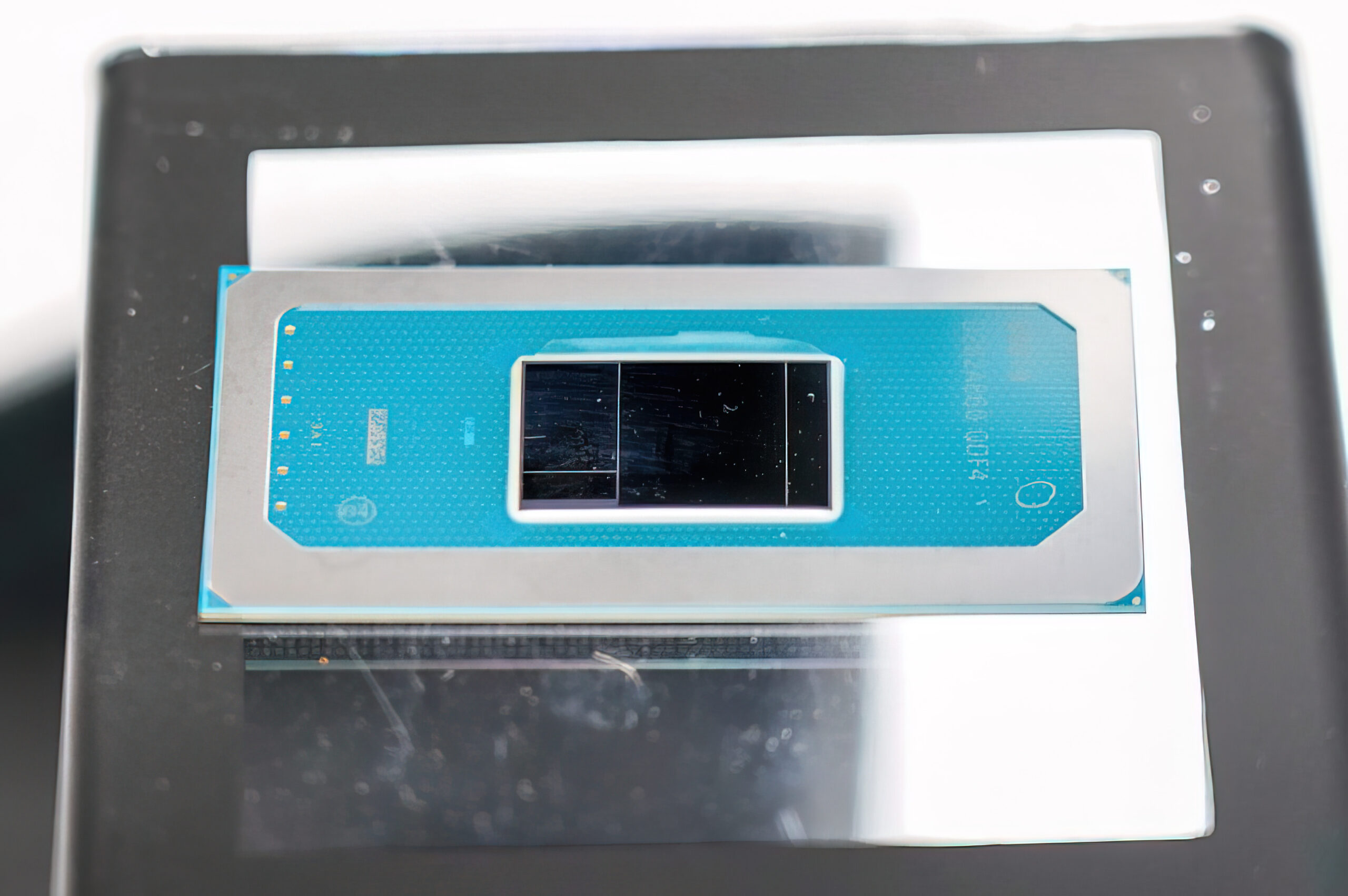Full details of Intel Meteor Lake leak out: What to expect
Intel Meteor Lake is the upcoming 14th generation of Intel processors, rumored to release in the second half of 2023. Although there’s still a long time to go before these CPUs hit the market, various leaks are helping us piece together a clear image of what Intel has in store.
According to the latest round of leaks, Intel Meteor Lake might introduce a host of changes and upgrades. This includes adding a new core type, bringing the current hybrid design up to three different cores.
Three variants
With the next-gen Intel Raptor Lake inching closer to its launch date, the rumors are ramping up not just for that 13th generation of Intel processors, but also for its successor — Intel Meteor Lake. Today, Igor’s Lab gives us a look at the block diagram and the specs of the mobile version of the chip, which will be released in three different variants: U, P, and H.
According to Igor’s Lab, the mobile lineup will be the first to launch, followed by the desktop chips in late 2023 or even in early 2024. This prediction was recently corroborated by Moore’s Law is Dead on YouTube, so it definitely holds some weight. Although recent reports show that Meteor Lake is on track to launch because the Intel 4 node within the processor is about to enter volume production, it could be that Intel will give Raptor Lake more time to shine before moving on to the next generation.
Intel Meteor Lake, aside from the usual increase in the core count and clock speeds, is also going to feature a whole new architecture for Intel. Intel Alder Lake introduced the hybrid core design, with performance-oriented P-cores and efficiency-based E-cores. Raptor Lake will continue to follow that same path, but Meteor Lake will take it one step further by adding an extra core type, thus sporting a triple hybrid core design.
A bit of a mystery
The new LP E-cores are still a bit of a mystery, but most signs point to them being deployed within the visual processing unit (VPU) on the new chips. Twitter leaker OneRaichu notes that there are only two LP E-cores and they are found on the system-on-a-chip (SOC) tile. This seemingly confirms the assumption that the LP E-cores will be used by the VPU.
Meteor Lake continues to utilize P-cores and E-cores, too. The performance cores will be based on the Redwood Cove architecture and the efficiency cores will use the Crestmont core architecture, replacing Raptor Cove and Gracemont from the (still upcoming) Intel Raptor Lake. It’s possible that each E-core module, which is made up of four cores, will come with a mix of two standard E-cores as well as two-LP E-cores.
Igor’s Lab also gives us a further glimpse into the core configuration for the mobile Intel Meteor Lake chips. The P and H series processors are said to have up to 14 cores, which breaks down into six performance and eight efficiency cores, while the U series will max out at 12 (four plus eight) cores.
In addition to an upgrade in the core architecture, Meteor Lake is seemingly going to serve up a boost for the tiled GPU (tGPU). The GPU is going to be based on the Intel Battlemage Xe-2 architecture, which is the follow-up to the Alchemist Xe-1 that is currently in use, and will be manufactured on TSMC’s 3nm process node. The new tiled GPU is said to come with up to 128 execution units (EUs), which translates to 1024 arithmetic logic units (ALUs).
An interesting thing to note is that this is the same number of ALUs as in the budget Intel Arc A380 graphics card. This implies that the tGPU on the Intel Meteor Lake chip will show a similar level of performance to the A380, which, in turn, trails behind Nvidia’s and AMD’s current-gen GPUs. On the other hand, it can still handle some light gaming, but it could be fairly unimpressive by the time the chips launch in late 2023. After all, we’re expecting AMD to release Phoenix Point APUs with a combination of Zen 4 CPUs and an RDNA 3 GPU — that’s going to be tough to beat in terms of graphics performance.
Intel Meteor Lake will support both LPDDR5 and LPDDR5X memory, reaching speeds of up to 7467Mbps and DDR5-5600. The memory capacity is said to go up, too: We can now expect to see up to 96GB compared to the 64GB sometimes found in high-end laptops. Considering that Alder Lake and Raptor Lake both support DDR5 and PCIe 5.0, it should come as no surprise that so does Meteor Lake, offering up to 8 PCIe 5.0 lanes to support a discrete graphics card on H-series chips. However, P and U-series chips may only come with Gen 4 lanes, if that — it’s possible that they won’t have discrete GPU lanes at all.
Although it’s Raptor Lake that’s coming up first (alongside AMD Ryzen 7000), Meteor Lake is already shaping up to be an exciting generation of Intel processors. The triple hybrid core architecture, combined with a projected 20% performance boost, is certainly something to look forward to.
Editors’ Recommendations
For all the latest Technology News Click Here
For the latest news and updates, follow us on Google News.

